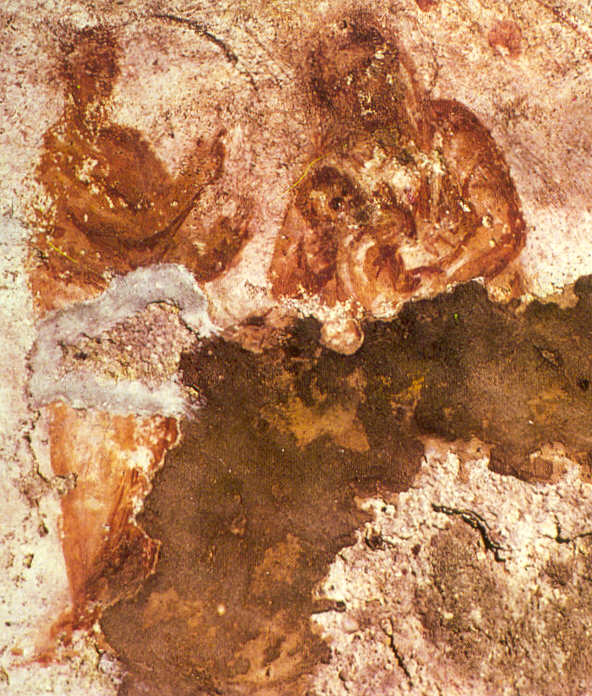Many of the classic Catholic books, both fictional and non-fictional, can be hard to find. Luckily, technological advances have put them right at our fingertips...literally, your keyboard. And if you have an electronic reading device, most books on these websites can be directly downloaded to your device, depending on the format.
Archive.org, Open Library and Google Books have very large collections. Project Gutenberg and Many Books are smaller but growing. Save for Google Books, each website has a multitude of formats to choose from for download, dependent upon your particular device. Or you can just read online. The cost: only your time.
Just a sample for starters.





